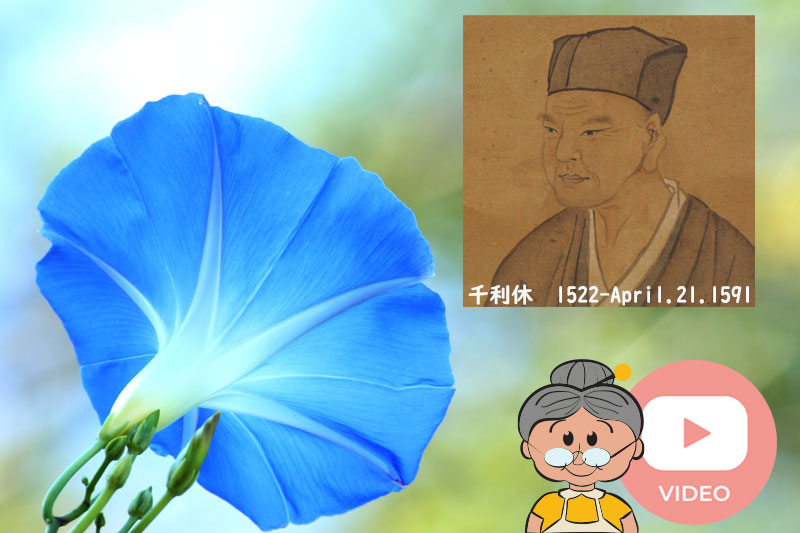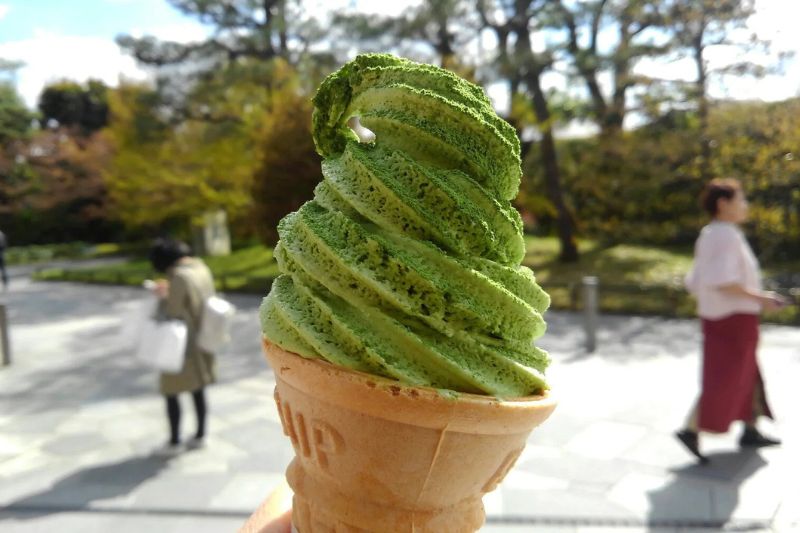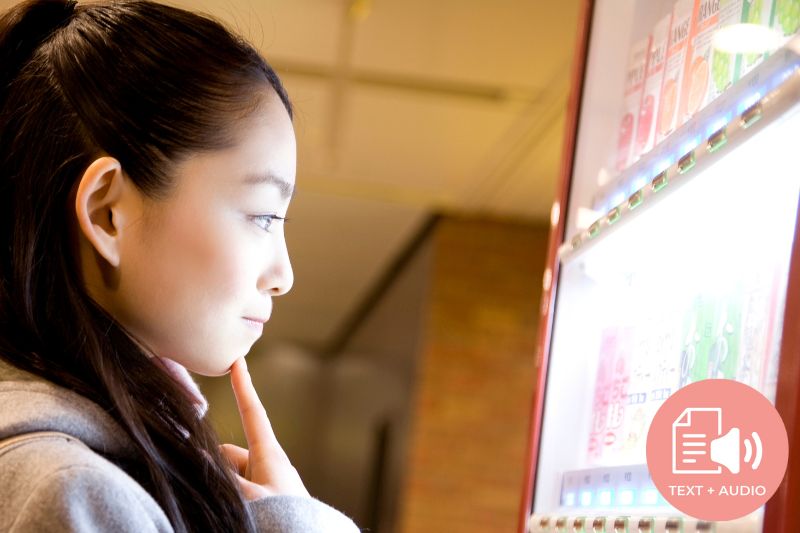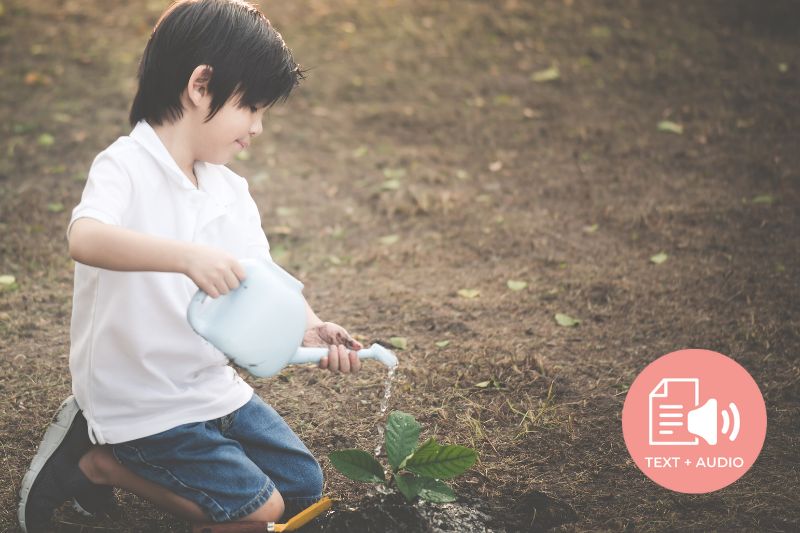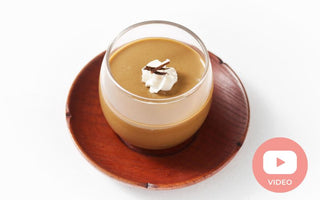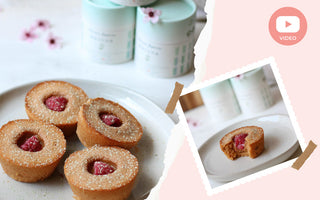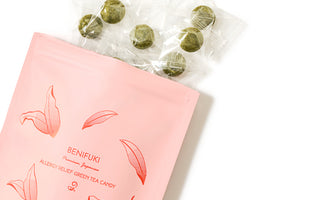Renowned Japanese author Kimitake Hiraoka, more famously known as Yukio Mishima, described Japan as a series of contradictions. He noted that Japan was partially defined by the relationship between "old and new". While Tokyo and Osaka help define the importance Japan places on technology and innovation, there’s a particular uniqueness found in Japan’s rich historical sites. What better way to experience historical Japan than to understand Uji and Uji’s special relationship with one of Japan’s favorite drinks, tea?
Uji is located south of Japan’s former capital city, Kyoto-shi. Home to approx. 180,000 residents, it is nonetheless well connected, with both Keihan Uji Station and JR Uji Station serving the community. But what makes Uji special? Let’s take a look at five must-see tea locations and several additional historical locations to help bring to life Uji’s special status as both a tea haven and a source of rich history.
Note: Although I list out all the spots, let me first recommend my personal friend’s Uji tea tour,which covers them and even more in English. Click here to view the Uji Tea Lover’s Tour in English (more about it below).
1. Tsuen Tea
Tsuen Tea Shop is quite possibly the oldest tea shop in the world and is considered the oldest tea shop in Japan. Established in 1160, Tseun’s current building was built in the Edo period in 1672. While known largely for its tea, the shop’s historical imprint has been furthered by visitors such as the first shogun of the Tokugawa shogunate, Tokugawa Ieyasu, and Japan’s "great unifier," Toyotomi Hideyoshi.
Located close to Keihan Uji train station and with a beautiful view of the Uji bridge, Tsuen Tea offers not only classical Japanese teas such as matcha and sencha but also various Japanese sweets to go along with your drink.
2. Taihoan
Uji is famous for many reasons, including the Byodo-in Temple; however, a short distance away is a lesser-known public tea house, Taihoan. At Taihoan, visitors can participate in a traditional Japanese tea ceremony. Seated on tatami mats and served matcha, visitors can experience a unique and captivating side of Japanese tea culture. Yes, Japanese etiquette is special and memorable, even in the realm of drinking tea.

3. Fukujuen Ujicha Kobo and Takumi no Yakata
Having fallen in love with Japanese tea several years ago, I found myself increasingly curious as to how the tea was created. For those looking to explore this curiosity, Fukujuen Ujicha Kobo offers a workshop where visitors can not only grind their own matcha but also prepare and finalize their own tea. Takumi no Yakata expands the tea-making experience so that those interested can work with certified tea instructors to perfect their own cup of tea.
4. Uji Byodo-in Omotesando
If you’ve visited Tokyo, you’re probably familiar with Omotesando Station and Aoyama-dori. Uji has its own Omotensando, and if you’re a tea lover of sorts, this is a prime location for all sorts of teas and tea-related souvenirs.
Near Byodo-in Temple, this avenue is covered in smaller shops that help take your tea fantasies to another level. Wamucha Café, for example, has been nationally presented on Japanese TV for items such as Map Match Tofu and fried rice with a tea infusion. Nearby at Ito-Kyuemon, visitors can pick up alcohol, yes, mixed with matcha, or purchase Hojicha cheesecake, matcha pudding, matcha chocolate, or even matcha cookies. The tea is simply endless—pretty awesome, I know.
Visiting in the summer? Yes, Japan is humid, to say the least; however, many shops, including Kyoto Rokujouan, offer various flavors of tea and tea-related ice cream flavors to keep you fueled for Uji’s famous bridge.
5. Mitsuboshien-Kanbayashisannyu-Honten
An all-in-one experience can be beneficial for tea lovers. One such location that will allow you to do that is Mitsuboshien-Kanbayashisannyu-Honten. Yes, it’s a mouthful, but this particular store contains a tea room, a tea-making ceremony for 1100 yen, sweets made out of tea, and the purchase of Kyoto-ken-based tea. This store was once known as the master of tea ceremonies for the Japanese Shogunate and provides a deep history of its experience in relation to tea. Be sure to pick up some snacks on the way out and perhaps some store-specific tea that they do not sell elsewhere.

6. Ujigami Shrine
UNESCO has designated several sites around Uji and Kyoto, generally as the "Historical Monuments of Ancient Kyoto," with Ujigami Shrine being the oldest of both those historical monuments as well as the oldest original Shinto shrine in Japan. Originally dedicated to Emperor Ojin, who reigned from 270–310 AD, the shrine is also famous for its architectural design, the Nagare-zukuri, which is defined by its asymmetrical roof. If you’re lucky enough to visit the shrine on May 5th, you may also be able to witness the Ujigami Shrine festival.
Located close to Keihan Uji train station and with a beautiful view of the Uji bridge, Tsuen Tea offers not only classical Japanese teas such as matcha and sencha but also various Japanese sweets to go along with your drink.
7. Mimurotoji Temple
A particularly unique temple, the Mimuotoji Temple is known for its age, having been established around 200 years ago, and its beautiful surroundings. The Temple grounds are lush with garden varieties and, in the earlier spring, famous cherry blossoms for anyone wishing to experience hanami with a side of history.
The Temple grounds also include a three-staged pagoda, a statue of Ugajin, and an Amida Buddha Hall. The Ugajin is supposed to bring fortune and good luck to those who pat it on the head. As is common with temples, leave your wishes and enjoy the spiritual side of Japan.
8. Byodo-in
Chances are, if you have seen what traditional Japanese architecture has to offer, you’ve seen a picture of Byodo-in. The earliest structure of the Byodo-in was built roughly 1000 years ago, in 1053, and is one of the few remaining examples of Heian-era architecture left in Japan. The Byodo-in continues to be used as religious grounds for both the Jodoin of the Jodo-shu sect and the Saishoin of the Tendai-shu sect.
The temple consists of five different buildings, including the Pheonix Hall, which consists of one of the main halls and twin corridors emulated on the Japanese 10 yen coin. Wrapped in gardens, the site is emblematic of something quintessential Japanese.
9. The Tale of Genji Museum
The Tale of Genji may not be a household story outside of most of Japan, but it is considered a classic work of Japanese literature. Written in the early 11th century, Murasaki Shikibu may have put together the world’s first novel (Tyler, Royall, 2003). The Tale of Genji Penguin Classics. pp. i–ii & xii). Yes, the last ten chapters of the story take place in Uji; however, the Tale of Genji Museum was built in 1998 to not only pay homage to the work itself but to provide curious minds with an added level to the story itself. The museum consists of various images from the story as well as models and exhibitions to guide visitors. It helps tell the story of the Heian period through a lens of realism. The museum also includes a short film of the story in a smaller movie room, as well as a library with secondary literature.
The area offers a myriad of unique architecture and sights found nowhere in the world; however, stories such as The Tale of Genji help complete the puzzle in understanding the value and amount of history that is often so easy to miss.
10. A simpler experience: Arigato Food Tours
If you’re looking to simplify your experience in Uji and meet fellow food and tea lovers, Arigato Food Tours is the way to go. While they provide varying tour services around Japan, their Uji tours focus on the cultural and tea components that Uji has to offer. 3 hours in duration, the tour consists of matcha tasting, lunch at a local restaurant, the making of matcha and associated sweets, and the visiting of local shops and Byodin-In temple.
Click here to book the Uji Matcha Lover Tour.
Here are pictures from the tour (don’t they look fun?)





It’s hard to quantify Uji’s place in Japan. Perhaps it’s Uji’s emphasis on tea and its place in the community. Perhaps it’s the ease of access and the learning experience one can take away from visiting the plethora of sites. There’s something both new and old in Uji. I’d like to think Uji simply embraces this idea in a way that few places do.
Click here to see more about the Uji Tour.
Get Free Bonus Books



